What is the tolerance range of precision screws?
What is the tolerance range of precision screws?
Service Hotline
+86760-8787 8587We have more than ten years of production experience in the screw industry, the main products are: black zinc plated screws, trimmed external hexagon machine screws, brass external hexagon screws, nickel plated hexagon nuts, single lug lock washer nuts, stainless steel lock nuts, Round nut nut, step hand screw nut, square thin nut nut, pressure riveting piece outer diameter 5.4 negative, nut set bolt, color zinc screw, fine thread thin screw cap, Q215, split elastic pin and other fasteners, due to The materials and specifications of the products are different, and the prices are also different. Please contact us if you need it.


The technical solution adopted by Guangdong Yueluo Hardware Industry Co., Ltd. to solve the problems of the prior art is: a patch nut, which is characterized in that it includes a nut body, and the nut body has a welding end face, and the edge of the welding end face forms a The serrated teeth protruding outwards of the ring.
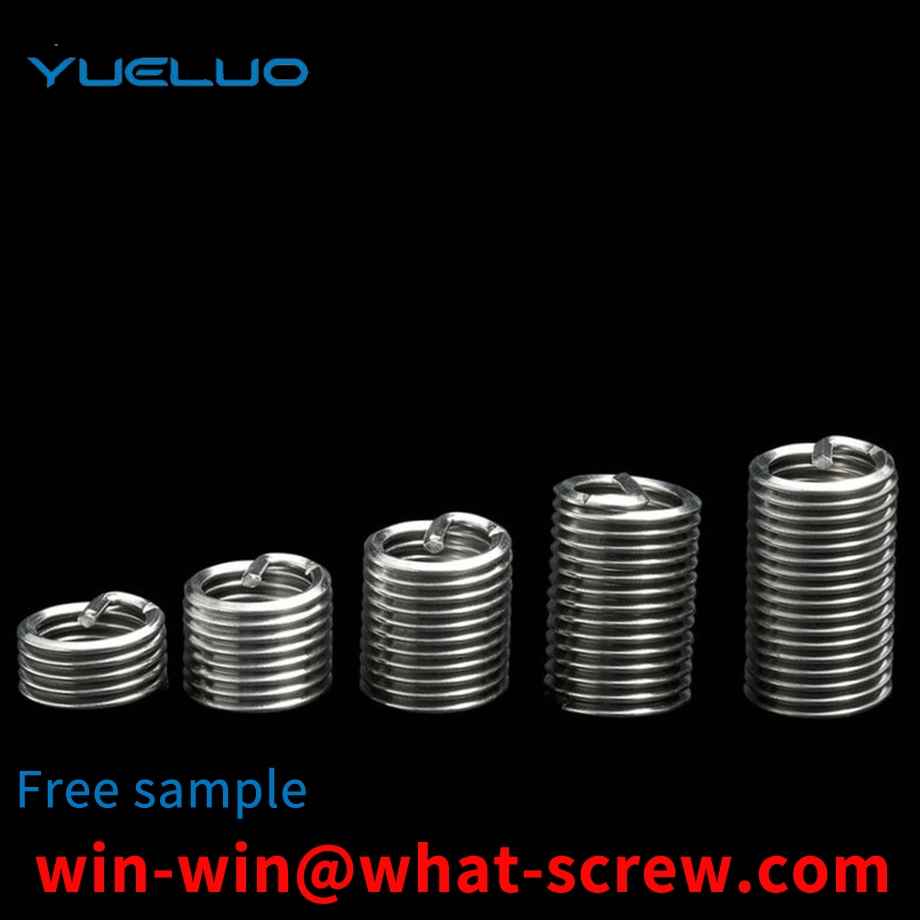
Installation method broadcast 1. One-time burying method: When pouring concrete, bury the anchor bolts. When the high tower is controlled by overturning, the anchor bolt should be buried once. 2. Reserved hole method: The equipment is in place, the holes are cleaned, the anchor bolts are placed in the holes, the equipment is positioned and aligned, and then poured with non-shrinkage fine stone concrete that is one level higher than the original foundation, and compacted and compacted. . The distance from the center of the anchor bolt once buried to the edge of the foundation should not be less than 2d (d is the diameter of the anchor bolt), and should not be less than 15mm (d≤20, it should not be less than 10mm), not less than half the width of the anchor plate Add 50mm, when the above requirements cannot be met, appropriate measures should be taken to strengthen it. The diameter of the anchor bolts used for the structure should not be less than 20mm. When subjected to earthquake action, double nuts should be used for fixing, or other measures to effectively prevent loosening should be adopted, but the anchorage length of anchor bolts should be increased by 5d compared with the anchorage length of non-seismic action. Installation planning of anchor bolts Treatment of anchor bolts loose in the foundation When the anchor bolts are tightened, the bolts may be pulled out. At this time, the bolts should be adjusted to their original positions, and the foundation around the bolts should be shoveled out enough. , and then weld two U-shaped steel bars vertically and horizontally on the bolts, and finally clean the pit with water and grouting, and then tighten the live anchor bolts after the concrete has solidified to the design strength. The treatment method of the live anchor bolt deviation is roughly the same as the dead ground. The method for the anchor bolts is the same, except that the anchor bolts can be pulled out for processing. If the bolt is too long, a section of the thread can be cut off on the machine tool; if the bolt is too short, it can be extended by hot forging; if the position is inconsistent, it can be corrected by bending. Application industry: suitable for various equipment fixing, steel structure foundation embedded parts, street lights, traffic signs, pump, boiler installation, heavy equipment embedded fixing, etc.
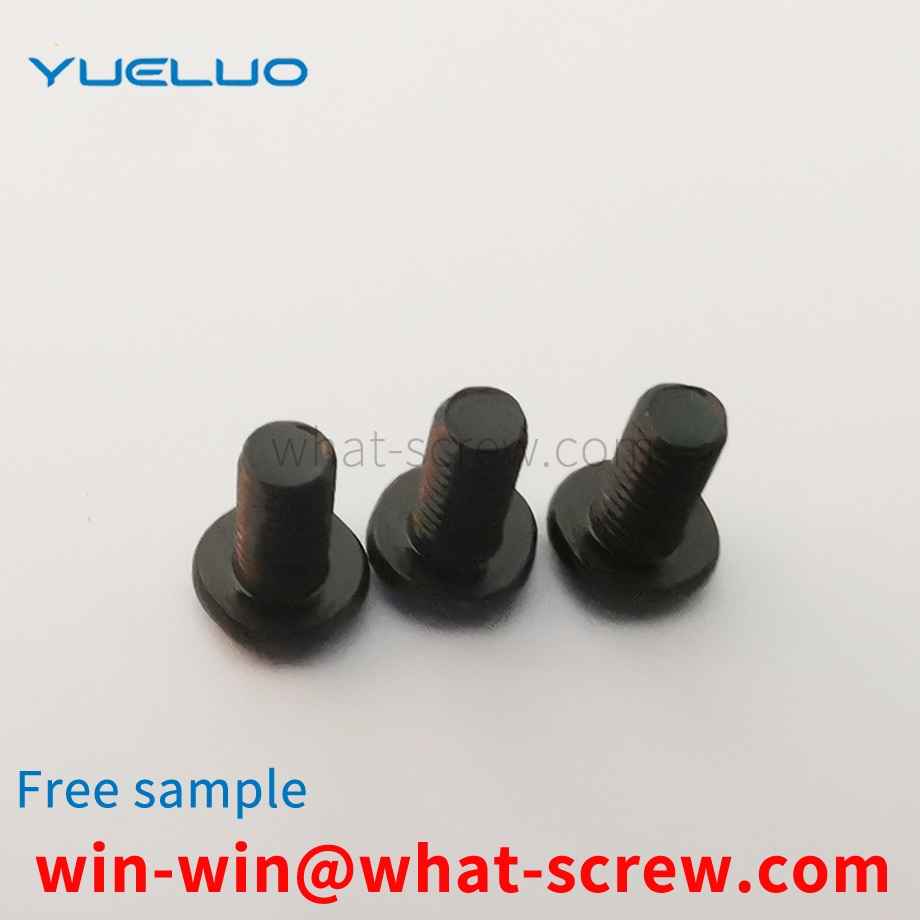
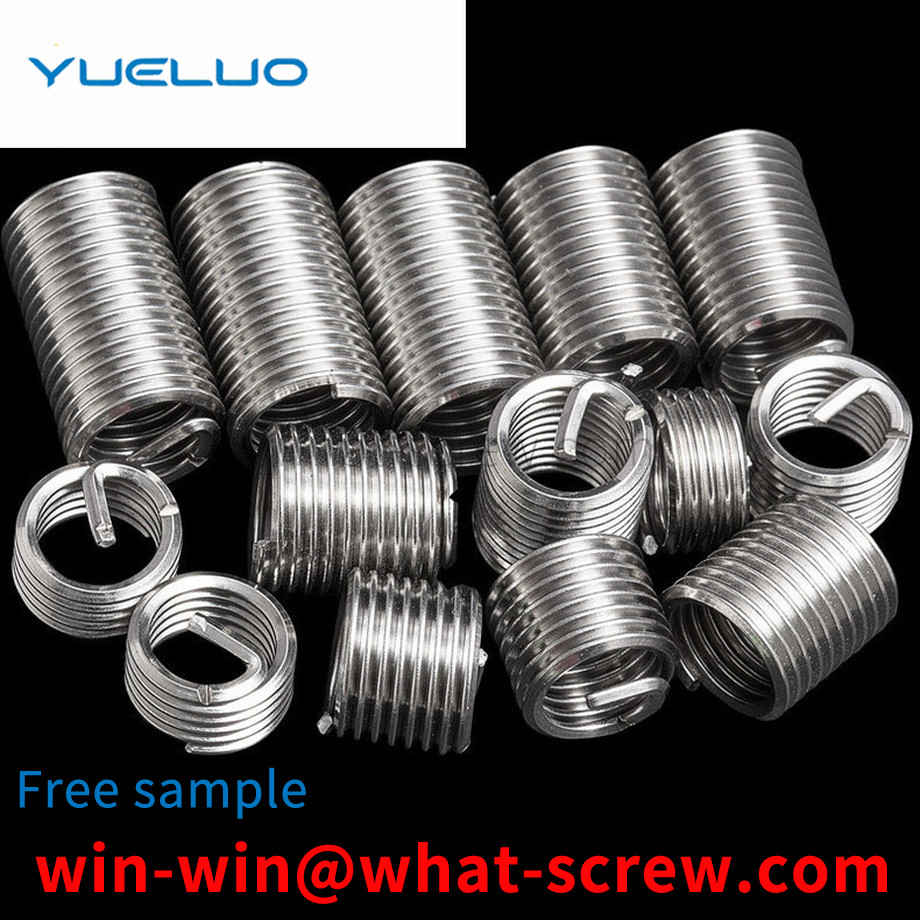
With the vigorous development of the construction market, fastener-type steel pipe scaffolding and formwork support have been widely used, and a large number of fasteners are used in the fastener-type steel pipe scaffolding and formwork support system. The commonly used fastener structure generally includes a fastener body 1, a blade 2, and a rivet 3 for connecting the fastener body and the blade. An arc-shaped cavity 4 for penetrating the steel pipe is provided between the fastener body and the blade. Figure 1 Right-angle fasteners shown. However, in the process of building construction, the blades of the fasteners have different degrees of cracks and fractures, which lead to the scrapping of the fasteners, or the fasteners are scrapped due to the poor anchoring of the rivets of the fasteners, resulting in a lot of waste, and the fasteners are damaged. There is a large safety construction hazard. However, repairing damaged fasteners entirely by hand has many disadvantages, such as technical difficulty, time-consuming and labor-intensive, and high operating costs. Therefore, researching and designing an auxiliary device for installing rivets in the process of repairing damaged fasteners to reduce labor intensity of workers, improve repair efficiency, and reduce operating costs is a technical problem to be solved urgently by those skilled in the art.
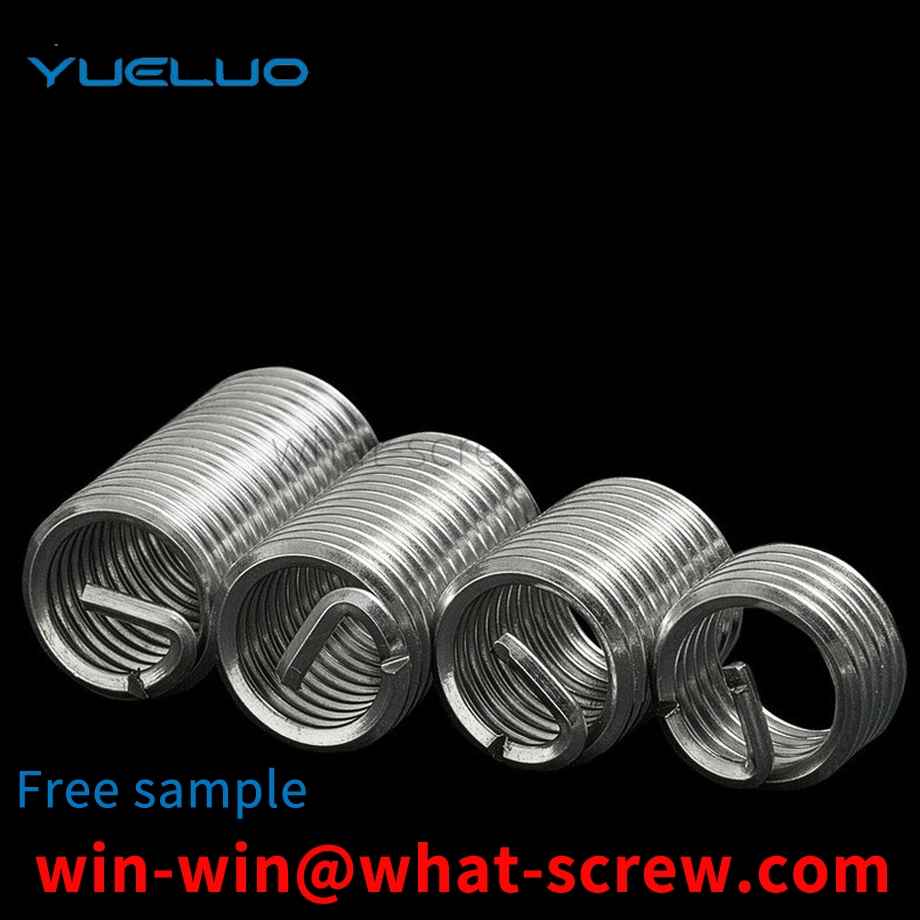
Reference standard GB 90 Fastener acceptance inspection, marking and packaging GB 196 Basic dimensions of ordinary threads (1~600mm in diameter) GB 197 Tolerance and fit of ordinary threads (1~355mm in diameter) GB 230 Test method for Rockwell hardness of metals GB 699 High-quality carbon Plain structural steel technical conditions GB 1237 Marking method of fasteners GB 5267 Electroplating layer of threaded fasteners GB6394 Determination of average grain size of metals
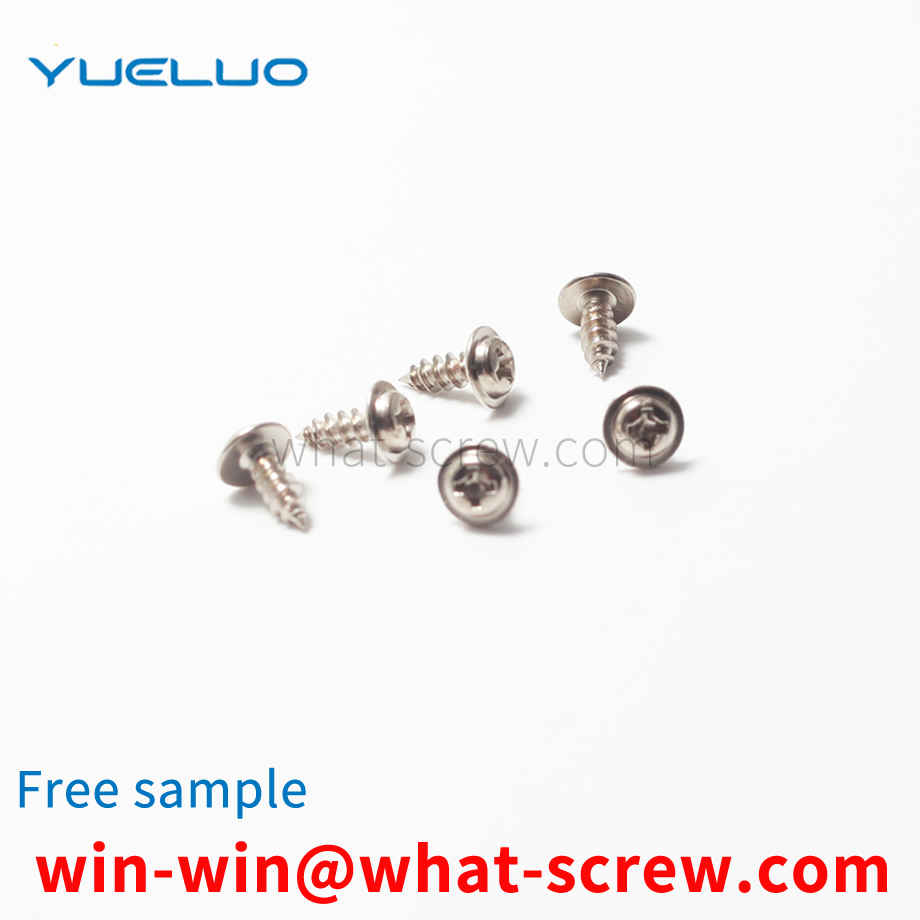
The above content is uploaded by Yueluo or the Internet. If there is any copyright issue, please contact [email protected].

What is the tolerance range of precision screws?

How to choose the right stainless steel screw manufacturer?

Why is there an R angle under the head of the hexagon head s...

We have more than ten years of production experience in the ...

We have more than ten years of experience in the production ...

We have more than ten years of experience in the production ...

We have more than ten years of experience in screw industry ...